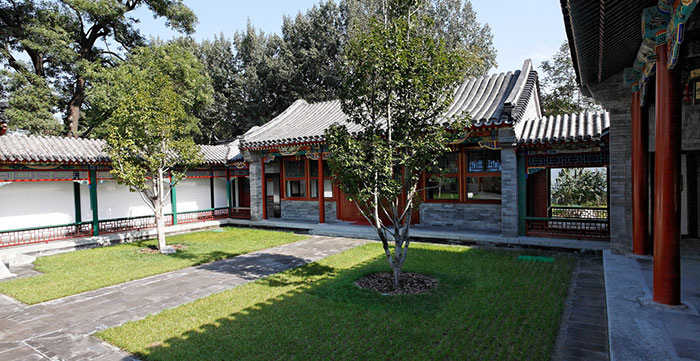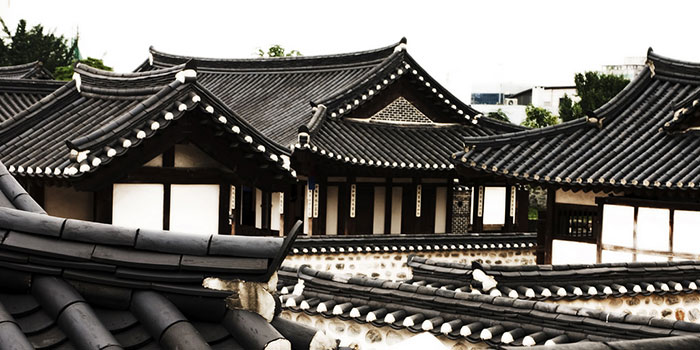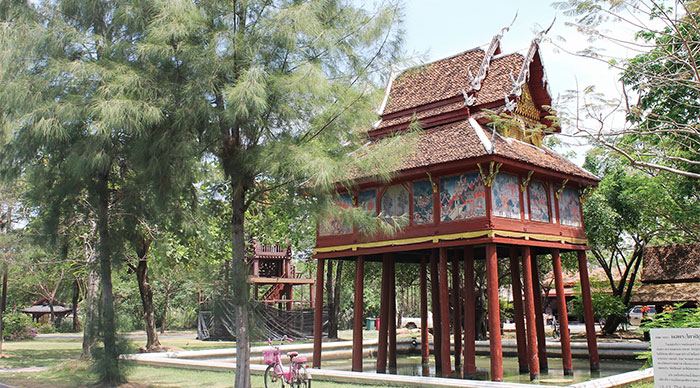Modern meets traditional. City meets country. And now, East meets West.
In interior design, people often mix a variety of ideas in order to create a revolutionary approach, like sprinkling a traditional, oriental flavor in your modern Western home. A 1000-word long post is never enough to illustrate Asia’s diverse culture and how it affects each country’s home design. Each region has its own unique cultural heritage that influences their ways of life through the years. The interior designs and architecture vary; some manifests minimalist in their designs while some display lavish embellishments and vivid colors.
But if there’s one thing in common among Asian countries, it is their strong values, beliefs, and traditions that remain intact after several generations and this can be seen once you peep into their abodes.
Northeast Asia
What’s similar among Northeast Asian countries’ home design is their principle of minimalism. The homes display a few well-chosen pieces that serve as windows to their strong cultural heritage. Aside from the beauty of their pieces in terms of aesthetics, they also have eco-friendly interiors and architecture that makes their homes admired throughout the world.
Siheyuan (China)

Siheyuan is the kind of house that might pop first in foreigners’ mind when they talk of Chinese dwellings. It is a traditional Chinese courtyard house whose structure is heavily based on beliefs of Confucianism. The “Chinese quadrangle” is composed of four buildings positioned along the North-South and the East-West axis. Instead of reinforcing steel bars and cement, the structure uses simple materials like black bricks, gray tiles, and brick wood combined with wooden elements. The interior’s minimalist approach speaks a lot about the richness of Chinese culture through the subtle display of symbolic figures and calligraphies, wooden carvings, and strong aroma of burning incense.
In order to utilize a Chinese-inspired interior, select only a few antique pieces and decors to spice up your open space. For your furniture, dark wooden elements are preferred so think about having a wooden sofa, table, and cabinets carved with symbolic lines and patterns. Having different shades of brown in your space will beautifully complement red and gold accents for your decors and accessories. For your decor, you may include paintings that showcase natural landscapes, flowers, scenes from Ancient China, and calligraphies. Porcelain vases, as well as paper lanterns, also help give your modern space a subtle touch of China.
Hanok (Korea)

Simplicity, beauty, and functionality – these are the three words used to describe Korea’s “Hanok”, a traditional architectural style that continues to reflect the untainted Korean culture up to this date. Sustainable natural elements like wood and earth which are 100% biodegradable are mostly used in construction. Hanok uses prefabricated wooden frame structure which is assembled on location. It also has large roofs designed to prevent sunlight from entering the interior, keeping the home cool during extremely hot seasons without consuming that much energy. In terms of heating during winter, these homes have “Ondol”, a unique floor-based heating system connected to the kitchen fire.
If you have a wide, open space, a Hanok-inspired home might amuse you. The interior of these Korean homes has an elegant and minimalist approach. The first step is to stick to earthen hues. Lighter neutral colors create an illusion of airy and huge space. For your furniture pieces, wooden, low-level furniture is ideal. Like Japan, Koreans also practice formal sitting on floors and they have low rise tables for dining. Low-level furniture also creates an illusion of higher ceiling and larger space. The next step is to spice your space up with Korean decors and accessories which may include shoji lamps, symbolic Buddhism figures, antique ceramics, wall hangings, paintings with animals or plant motifs, and oriental vases with simple lines, patterns, and textures. You may also apply their concept of sliding doors and windows.
Southeast Asia
Earthen colors brought by bamboo, hardwood, and dried palm leaves are prevalent in Southeast Asian architecture and interior design. These tropic countries are abundant in these natural resources they use not only as building materials but functional handicrafts as well. Aside from displaying beautifully crafted pieces made from natural elements, what makes their homes distinct is the use of items that showcase how their religious beliefs and cultural traditions are as strong as their abodes.
Bahay Kubo (Philippines)

The “Bahay Kubo” manifests simplicity and resilience, two attributes common to the Filipino people. The house made from light materials like wood and bamboo rods is raised up on hardwood stilts, making the living area protected from rising waters. Bamboo brings in natural coolness during hot seasons, which makes them ideal for tropical countries. The thatched roof is made out of palm leaves and “Anahaw”, light yet durable materials which are weather resistant. The house also includes sliding windows with wood and capiz shell frames that bring in natural light even if the windows are closed.
Heavily influenced by Catholicism, most Filipino homes display statues and figurines of Christian figures, symbols, and saints. They also put da Vinci’s visual representation of “Last Supper” in their dining rooms in a form of sculpture or painting.
The elements to keep in mind in putting a touch of Philippines in your home are bamboo, wood, palm leaves, Piña cloth, and local sea shells. The plain, neutral colors give way for interesting textures and patterns brought out by wooden carvings, woven handicrafts, and bamboo rods to stand out. You may use furniture made of bamboo for your couch, tables, and even beds. Piña cloth is mostly used in Filipino garments but the cloth can also be used for curtains, pillow cases, and other accessories. Since the Philippines is abundant in stunning beaches, handicrafts made of sea shells and smoothly-polished rocks are common to Filipino homes and are used as wind chimes, picture frames, and simply captivating ornaments resting on an antique wooden table. The idea of “Bahay Kubo” can also be used for your small gazebo.
Traditional Stilt Houses (Thailand)

Just like Philippines’ “Bahay Kubo”, traditional Thai houses are also built on posts. The living area of Thai stilt houses is composed of prefabricated wooden elements, mostly rosewood, and teak. The houses have an open, high-pitched roof and an open terrace that help provide natural ventilation. The wall panels are mostly subject to embellishments and intricate carvings that showcase animal and plant designs that manifest Thai people’s religious beliefs and superstitions.
A Thai-inspired abode is a result when natural elements meet man’s creativity.To recreate the interior of Thai stilt houses in your very own space, the first thing to consider is the creative use of natural elements. Wooden elements with carving, sustainable bamboo wall panels, and wicker furniture and decors are some of the hand-made materials you may put in your space. Then give life to your neutral interior by using vivid colors like orange, purple, and gold for your accents and accessories. You may use draperies, murals, and triangle cushions with intricate patterns, locally crafted ceramic vases, and Buddha statues and ornaments made of brass.
Author Bio: Carmina Natividad likes the idea of finding a home that matches one’s personality. Her keen interest in real estate and interior design helps her in writing for Thomas Property, a boutique real estate agency based in Australia that aims to improve the consumers’ experiences in leasing, selling, and buying properties.